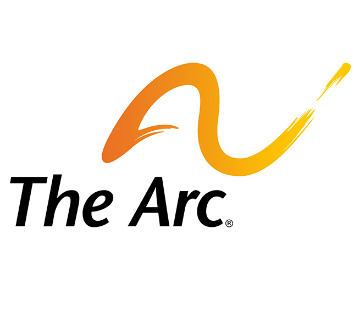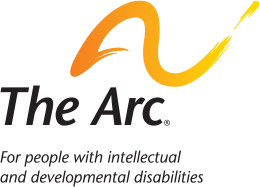The Arc on Bipartisan, Two-Year Budget Deal
The Arc is pleased that Congress was able to negotiate a bipartisan budget deal last week. The deal provides welcome temporary relief for the non-defense discretionary part of the budget that funds a range of programs – such as education, housing, and employment – that help make community living possible for people with intellectual and developmental disabilities. Further, by raising the debt ceiling though March of 2019, it provides a measure of stability that will allow Congress time to continue to develop appropriations legislation to keep the federal government operating. However, despite these and many other beneficial provisions, The Arc remains concerned about future efforts to make program cuts in order to deal with the increased spending authorized in the deal and reduced revenue from the tax law enacted in December.


 This year’s Congressional budget process is particularly important for people with disabilities and their families. The recently-passed House and Senate fiscal year 2018 budgets set overall spending and revenue targets for the next 10 years. But beyond this basic function, Congressional budget writers have been clear that an underlying goal of the 2018 budget is to set the stage for a massive tax cut bill. The Arc is concerned that significant loss of federal revenue will result in cuts to programs for people with disabilities
This year’s Congressional budget process is particularly important for people with disabilities and their families. The recently-passed House and Senate fiscal year 2018 budgets set overall spending and revenue targets for the next 10 years. But beyond this basic function, Congressional budget writers have been clear that an underlying goal of the 2018 budget is to set the stage for a massive tax cut bill. The Arc is concerned that significant loss of federal revenue will result in cuts to programs for people with disabilities The Budget allows for up to $1.5 trillion to be added to the deficit over 10 years. Congressional committees are now drafting tax cut legislation that does not have to be paid for unless it goes above $1.5 trillion. But if the cost of tax cut legislation goes above that amount, then any amount over that could come directly from cuts to Medicaid, Medicare and many other programs that are critical for people with disabilities. The Budget assumes, but does not require, some $5 trillion in spending cuts over 10 years, as well as optimistic projections of economic growth, to make up for lost tax revenue.
The Budget allows for up to $1.5 trillion to be added to the deficit over 10 years. Congressional committees are now drafting tax cut legislation that does not have to be paid for unless it goes above $1.5 trillion. But if the cost of tax cut legislation goes above that amount, then any amount over that could come directly from cuts to Medicaid, Medicare and many other programs that are critical for people with disabilities. The Budget assumes, but does not require, some $5 trillion in spending cuts over 10 years, as well as optimistic projections of economic growth, to make up for lost tax revenue.






